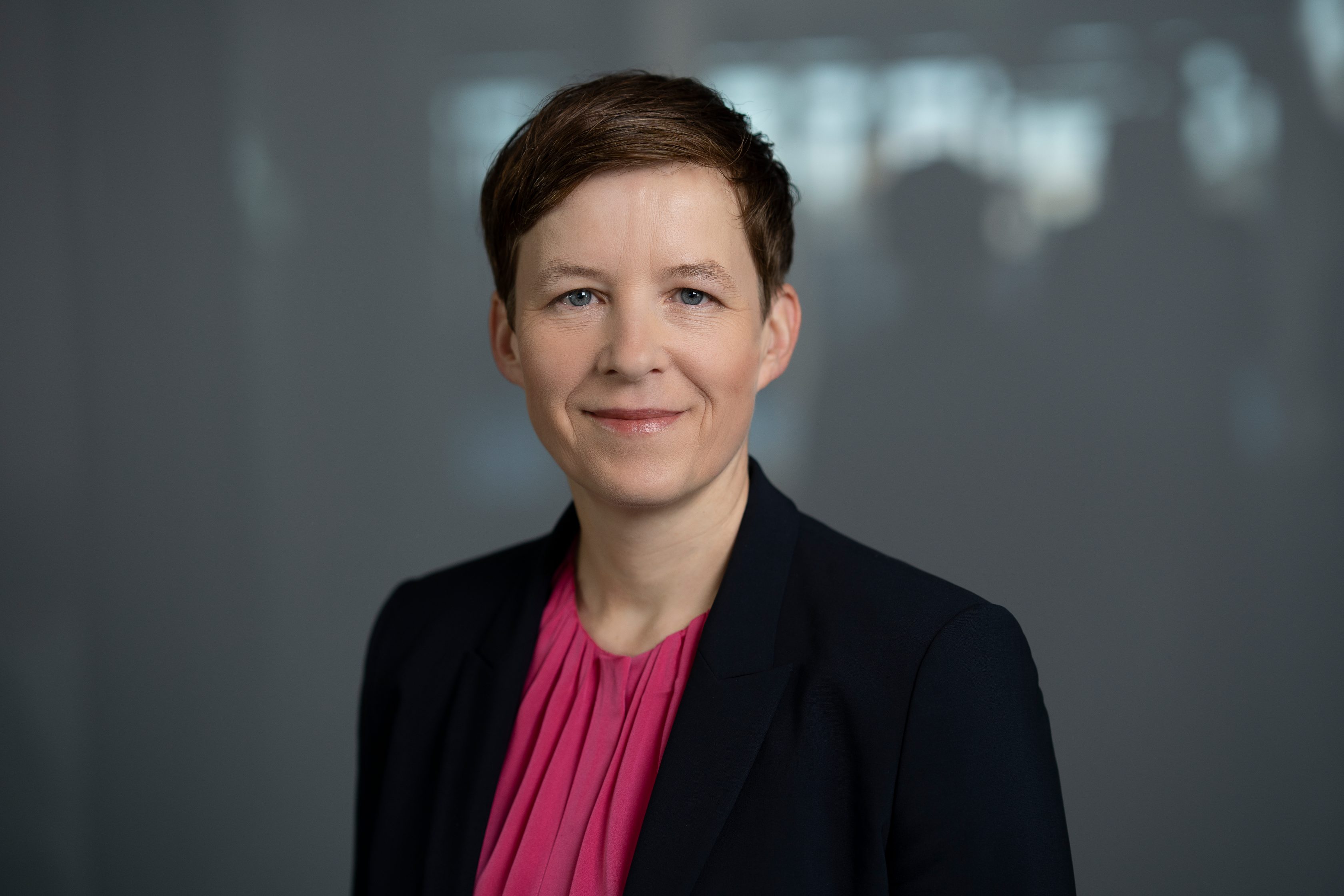An interview with Sibylle Steimen, Managing Director of Advisory & Services, Allianz Re.
"Our job is to understand both science and the insurance business"
Sibylle Steimen is Managing Director for Advisory & Services at Allianz Re. Her area of responsibility includes a team of experts from all disciplines of natural and applied science to help Allianz entities understand and price the risks from natural hazards, and to ultimately give customers the adequate protection.
Sibylle, you are an earthquake expert yourself and many colleagues in your team are scientists as well, from flood experts to meteorologists. How do you and your scientist colleagues add value to the Allianz Group?
Our job is to understand both science and the insurance business. We keep up with the current research in our fields and make sure that the scientific insights we gain are used to make better decisions to protect our customers. This means that we translate a scientific indicator, such as an expected flood depth or wildfire risk at a specific location into a relevant business parameter, such as an adequate price element for flood in a given property policy. We can also use this information to adjust insurance terms and conditions such as a deductible in order to keep the price at an acceptable level for the customer. Ideally our work also helps customers to understand the risks of their properties better. The scientific understanding of natural hazards is always evolving, which is why we frequently collaborate with universities to stay on top of the latest development. We also support young researchers in the field of climate risk with our annual Climate Risk Research Award.
Can you tell us more about how you translate the expertise offered by Allianz Re to the benefit of the Allianz customers?
Our focus is on getting our scientific insights to where the decisions are made for the customers. In order to achieve this, we have been investing in adequate data and analytical systems for years. Now we can use them as channels to transfer our knowledge to the business processes of the individual Allianz entities.
We do this work for a multitude of different natural perils, from floods to hail storms, wildfires and more, for locations at every point on the globe. This means that we are working with very large amounts of data. We have systems and algorithms in place that do the required translation work at a large scale so the information can be used for pricing insurance products, deciding on risk acceptance, advising our customers or adjusting insurance terms.
With the ongoing standardization of IT systems throughout the Allianz Group, these processes will now become even easier and faster. In the best case, the customers buying the insurance product don’t even know that a team of natural peril scientists was involved. Our work is very much in the background. We help to make the systems as intelligent as possible, to the benefit of the customer.
What role does climate change play in understanding the natural catastrophe risks of the future?
Currently, the largest factor in increasing damages from natural catastrophes is what we call the socio-economic factor: for example, there are many more settlements in exposed areas such as coastlines than just a few decades ago. This does not mean that climate change does not pose a threat to our societies, but because there are various factors at play, it is still difficult to isolate individual effects of climate change.
Later in the century, however, some regions around the world will become much more affected by climate change. Regions most at threat are those already experiencing flooding, drought, wildfires, and coastal flooding threats. They are likely to get worse and we will see a much higher variability of these effects. The size of the area at risk is likely to grow as global warming continues. Therefore acting now on limiting the rise in global temperature is pivotal.
Preventive and adaptive measures, such as improved zoning laws or building codes will become much more important to manage climate risks and to keep them insurable. At the same time we need to invest in research on data analytics and catastrophe models as it will become more difficult to purely rely on historical data to predict future events.
What have been some of the most significant developments in understanding natural catastrophes in the recent years?
As in so many other areas of our lives, technological innovations are also improving our understanding of natural catastrophes. For example, satellite images deliver better image data, geo information services – the same service that you use on your smartphone to find the best travel route or track your food delivery – are getting more and more refined and can be adjusted to our business needs.
We make use of these improvements in the products that we develop as well. The advanced geo information services, for example, are now part of the private property insurance product Privatschutz 2.0 offered by Allianz Germany. The added geo information component in the background gives a much more precise risk adequate price to customers than before and even allows us to offer coverage to customers who before could not be serviced, for example with a flood cover.
The recent tragic floods in western Germany were a sad demonstration of how precise our calculations are: According to the official government flood maps, some of the areas that experienced extreme destruction were not in a flood risk zone. However, our enhanced maps showed the affected areas right in the middle of a flood risk area, according to our calculations. We need to find a way to use this information to create greater risk awareness for our customers so they are better prepared.
